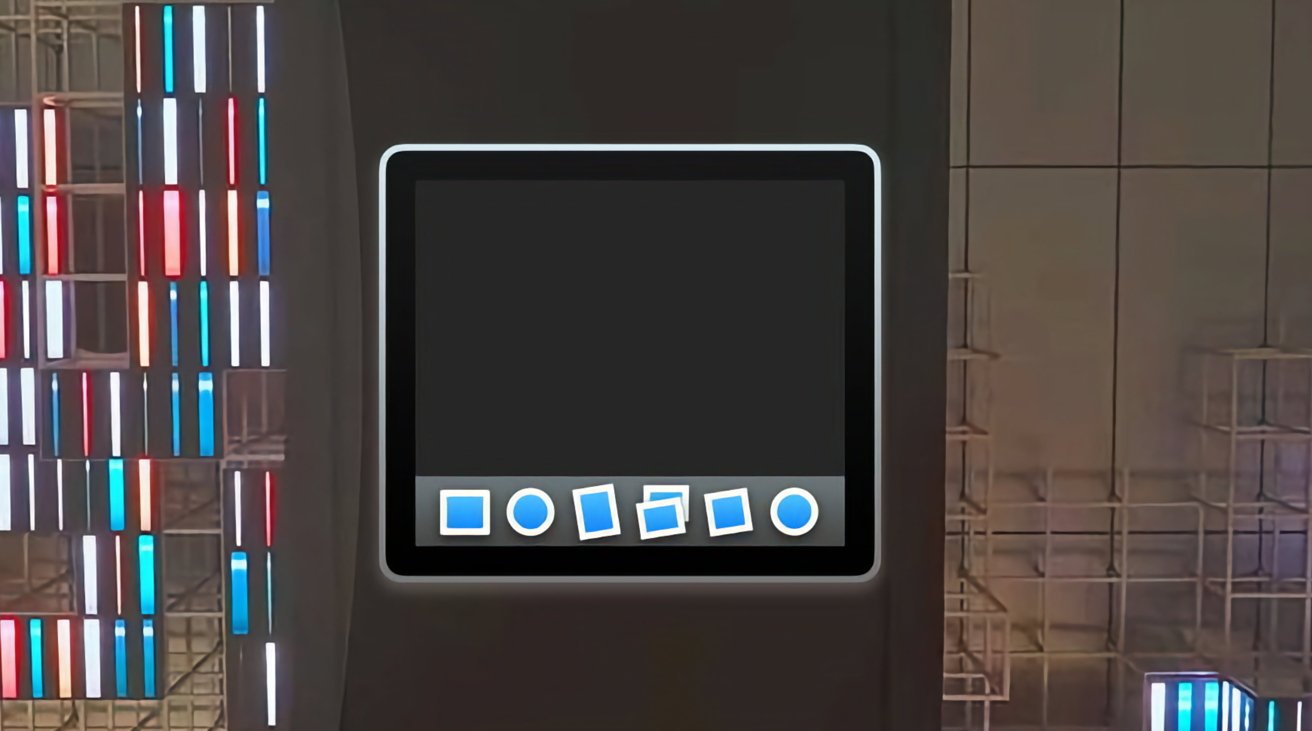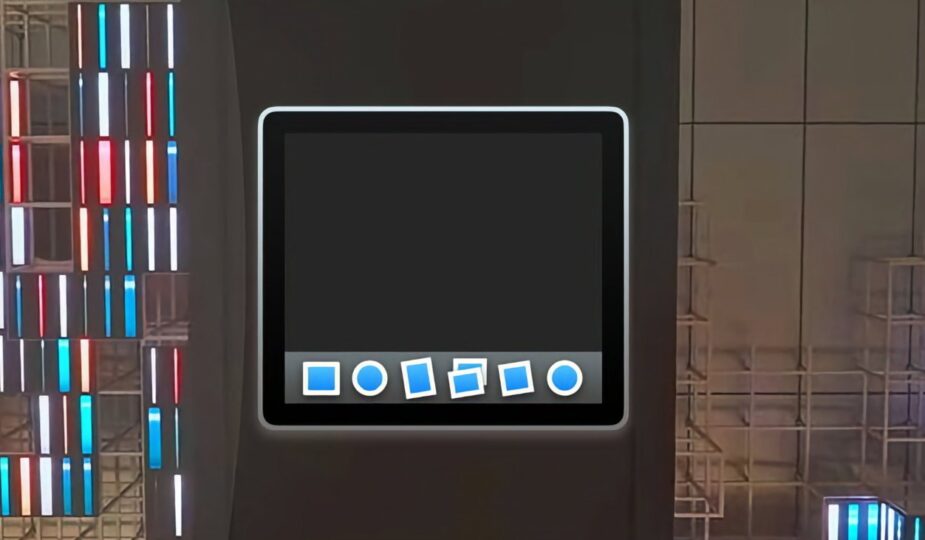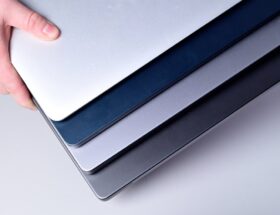MacOS Dock
 0 Facebook x.com Reddit
0 Facebook x.com Reddit
Apple has long provided the ability to create desktop aliases in macOS by dragging Command-Option. Here's how to do it from the macOS Dock.
For most macOS desktop items, such as files, applications, disk volumes, and folders, Apple has long provided the ability to create aliases for these items on the desktop using your mouse and keyboard.
Holding Command-Option on your Mac keyboard, then clicking and dragging a desktop item to another location on the desktop creates an alias for the item or items you are dragging.
This has the same effect as selecting items on the macOS desktop and then selecting File->Create Alias from the Finder menu bar.
You can also create aliases by Control-click an item in the macOS Finder on the desktop and selecting Create Alias from the contextual pop-up menu that appears. .
Choose New Alias from the File menu in the macOS menu bar.
What are aliases?
An alias is simply a filesystem shortcut to another filesystem element on disk that is located somewhere else. Each alias contains internal information about its target: what it is and where it is located in the file system.
macOS aliases are a bit like UNIX symlinks, with one important improvement: when you move a file system item pointed to by a macOS alias, the system automatically updates all associated aliases to point to the item's new location on disk.
You don't have to keep track of or recreate aliases every time you move something they point to to disk: macOS knows how to do that for you. UNIX symbolic links do not have this capability.
When the Mac first came out about forty years ago, Apple decided to make the Finder and file system a little more advanced than the typical UNIX systems of the 1970s. Nicknames were one way to achieve this.
Aliases are actually one of the original Mac technologies and were first described in detail in a chapter of the (now outdated) Apple book called “Inside the Macintosh: Files.”
Inside the Macintosh: files from 1992.
Aliases from the Dock
Now that you know what aliases are and how to create them, there is another quick way to create aliases: you can use the same Command-Option Drag the shortcut to create aliases for items in the Dock Finder anywhere on your desktop in the Finder.
To do this, hold down Command-Option.on your Mac's keyboard, then click and Drag any item in the Dock to any writable location in the Finder: the desktop itself, other folder windows, disk volumes, or network servers.
Hold down the Command key, click an item in the Dock, and drag it to the desktop in the Finder.
As you click and drag, the cursor will change to a curved arrow, indicating that you can move the item to the place where you dragged it. When you release the mouse button, a new Dock element alias will appear at the destination.
If for some reason Finder is unable to create an alias at the destination, you will either see the cursor change to a circle with a slash (i.e., a “do not type” symbol), or when you release the mouse button, the item will return to the Dock without any effect.
Alias icons on the desktop look just like the items they point to, except they have a small, curved cursor arrow to indicate they point to something else:
p> An alias file in the Safari application.
Keep in mind that Mac aliases may not work on all file systems and network server volumes, unless those file systems have built-in support for macOS functions.
Also note that some Dock items on external volumes may not work with the Dock drag-and-drop shortcut—specifically, Dock items that are on locked volumes or on external volumes that Finder cannot create aliases.
Show original
Once you've created a Finder alias, an even cooler shortcut is Control – Clickthe alias itself on the desktop and select Show original from the contextual pop-up menu that appears: When you release the mouse button, Finder will automatically open the folder where the original item is located. and select it on your desktop.
Using the Command-Option keyboard shortcut to drag from the Dock to the Finder is another way to speed up the creation of aliases in macOS.










